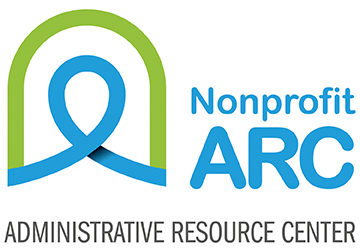 Do you remember when you first learned about the magical process of how plants convert sunlight to energy? How your teacher lovingly and patiently guided you through the various parts of a plant until you got to the glorious leaf and its hallowed chlorophyll? How you longed to immerse yourself in all of science’s wonders rather than spend time on frivolous play and socializing? Okay, maybe it wasn’t THAT captivating, but you have to admit it is pretty amazing when you think about it, and pretty important to the existence of life on this planet as we know it.
Do you remember when you first learned about the magical process of how plants convert sunlight to energy? How your teacher lovingly and patiently guided you through the various parts of a plant until you got to the glorious leaf and its hallowed chlorophyll? How you longed to immerse yourself in all of science’s wonders rather than spend time on frivolous play and socializing? Okay, maybe it wasn’t THAT captivating, but you have to admit it is pretty amazing when you think about it, and pretty important to the existence of life on this planet as we know it.
Converting light into energy that is essential to survival. Pretty important indeed!
Now think about that in the context of your business. What is the “light” that provides your nonprofit with the essential nutrients it needs to survive? In the digital age, that basic fuel is information. Let’s think a bit more about the biological analogy. There is an awful lot of sunlight, just as there is an overwhelming amount of information. The trick is to distill that information (like a plant captures the sunlight) so that your organization is able to tap into what is important and most critical to outcomes and decision making. To do this, organizations need to commit to a plan that strategically simplifies the information they routinely review.
In keeping with the notion that “a picture says a thousand words,” nonprofits can benefit tremendously from investing time in understanding what information is most critical and then developing systems and processes for routinely reviewing that information. By taking a focused and consistent approach, the organization can filter out distractions, clarify priorities and create an environment that supports employees in overcoming challenges. There is no perfect or exclusive way of addressing this challenge.
An approach that has gotten attention both in the nonprofit and for-profit arenas is the use of a dashboard. Purists would suggest that a dashboard is a visual representation of key elements of a business’s performance toward achieving defined goals. The visual representations range from common graphs and charts to meters, traffic lights and thermometers often enhanced with color codes (red/yellow/green) or other elements with specific meaning as to degree of progress. There are lots of different dashboard models and plenty of companies touting dashboard software platforms.
Try not to get caught up in the aesthetics. The important thing is defining, tracking and using the information and while this requires some investment of time and thought, and may require ongoing support to keep the data current and relevant, it shouldn’t require a huge investment in new technology. The other value add is that, while most organizations issue standard periodic (monthly) financial reports, fewer require similar reporting from other functional areas in the organization – Programs, HR, IT, or Facilities Management. Grab your team, strike a pose and take a “selfie” that will help you keep things in focus! Getting key data on a routine basis in a standard format that provides comprehensive insights into the status of the organization is the snapshot – the “photo” – that enables organizational leadership to quickly and effectively “synthesize” the key drivers that will keep your organization thriving.
